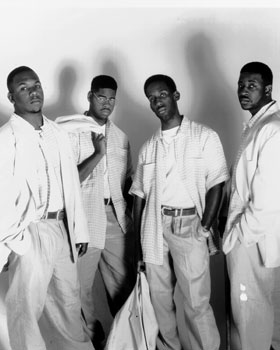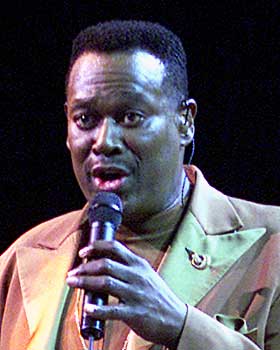Mariah Carey
With a voice that in its prime jumped across octaves like a gymnast working the uneven bars, multi-platinum pop superstar Mariah Carey helped transform rhythm-and-blues-based popular music starting in the 1990s. Through a string of hit songs, platinum albums and Grammy awards for blockbusters including "Someday," "Dreamlover," "Fantasy," "One Sweet Day (with Boyz II Men)" and the 2005 megahit "We Belong Together," Carey rose from a rough-and-tumble New York upbringing to become one of the most recognizable figures in pop music.
After teen years spent working to get the attention of major labels, Carey's audition tape landed in the hands of then-Columbia Records chief Tommy Mottola. Instantly taken with Carey as a singer, Mottola used his status as one of the most powerful label chiefs in the business to set her on a course to fame. He was taken with her romantically, too, and the feeling was mutual. The two married in 1993.
By that time, Carey was one of the most famous singers in the world. With a five-octave range, Carey's style influenced a generation of vocalists while breaking sales records. According to a 2014 Billboard celebration of her quarter-century as a hitmaker, Carey's career peaks include "the most Billboard Hot 100 No. 1s by a solo artist (18), the most weeks at No. 1 of any act (79) and the chart's longest-running No. 1 of all-time, "One Sweet Day," with Boyz II Men (16 weeks)."
It hasn't all been roses. After Carey departed Columbia (and, in 1998, divorced Mottola), she suffered a series of career setbacks that landed her in the tabloids. Most notable was the big-budget flop of "Sparkle," Carey's stab at fame as an actress. But like all true divas, Carey endured, remarried actor Nick Cannon (they've since divorced) and plowed forward. Twenty-five years after her breakout, Carey's place in the pantheon of American pop music seems secure.
— Randall Roberts for The Los Angeles Times
Related stars
|
|




One thought about Mariah Carey
Share a thought about Mariah Carey